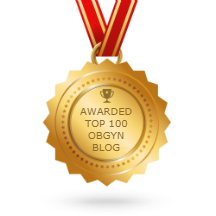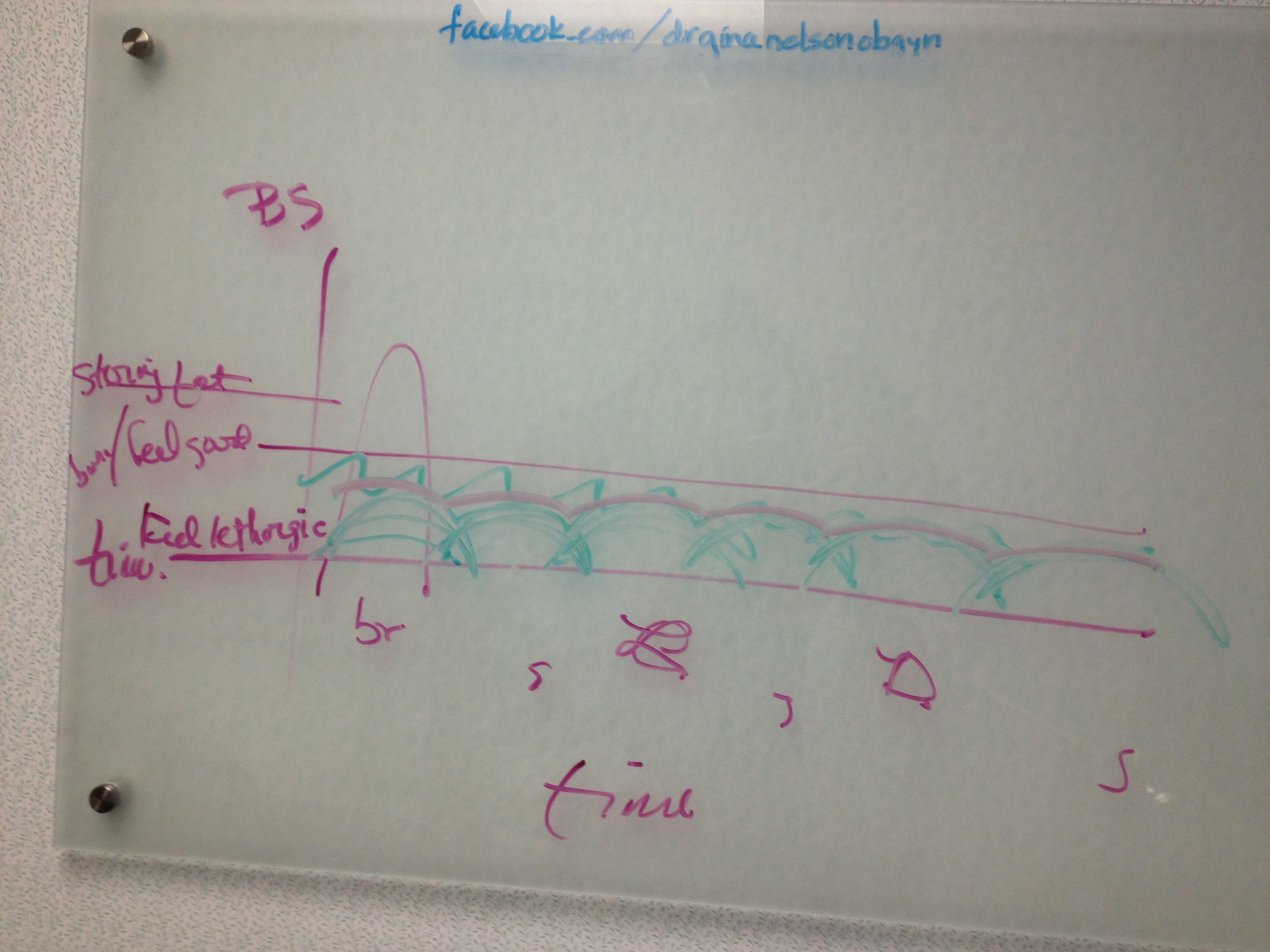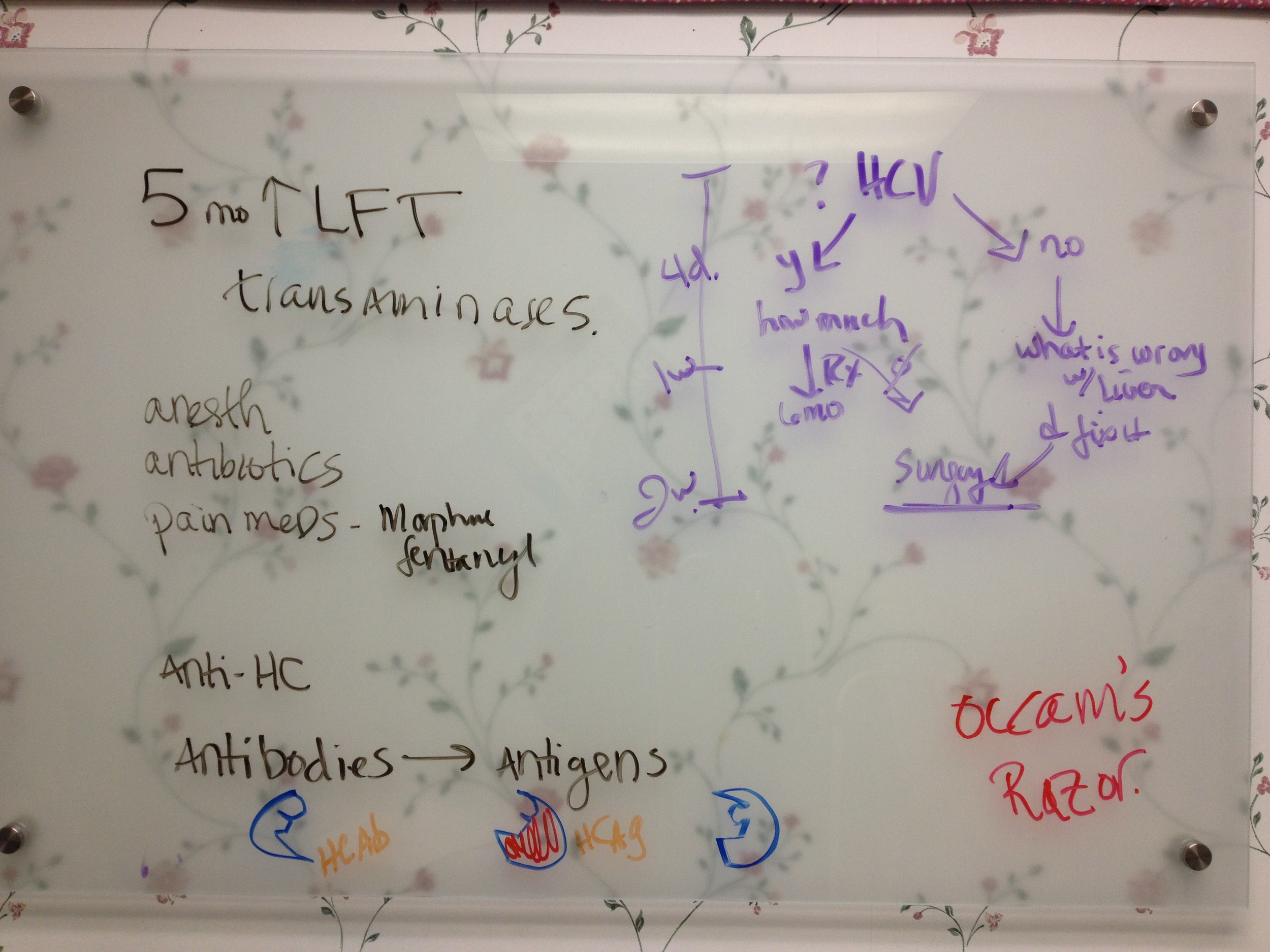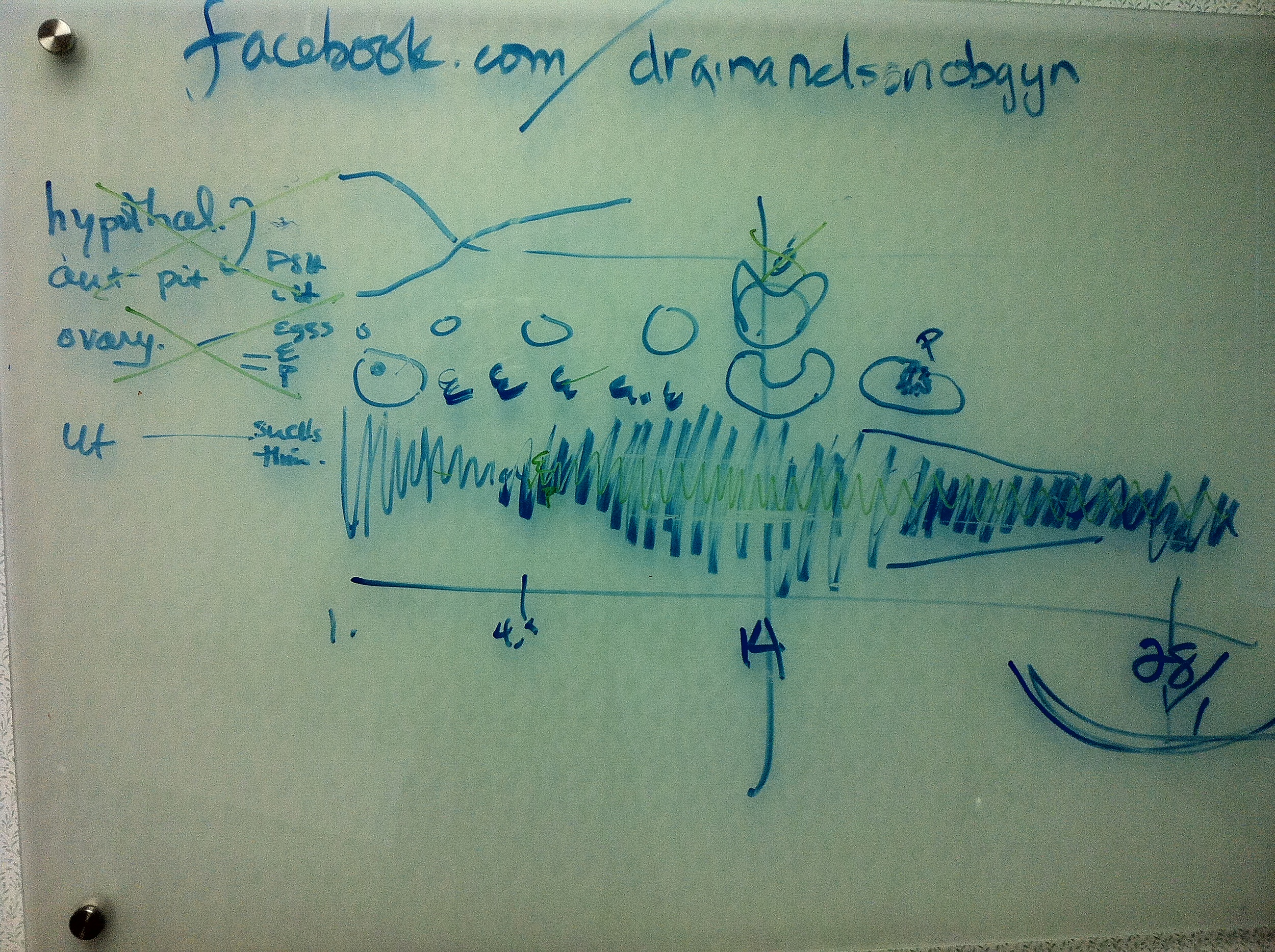The Flathead Valley has a problem with narcotics. I am told this is not unique to our Valley. I never thought I would have this much first hand experience with narcotics, even heroin.
Problems with narcotics affect our women of childbearing age. Narcotic use in pregnancy is associated with low birth weight, preterm labor, SIDS and several major birth defects, as well as a lengthy neonatal withdrawal.
Narcotics are a class of drug which acts in our body though our body's own neurotransmitter and receptor system. We have many neurotransmitters, tiny molecular messengers that allow us to feel sensations and even emotions. Neurotransmitters like dopamine bind, lock and key style, to specific receptors in nerve cells and set off a reaction which make perception possible.
Narcotics also fit these nerve cell receptors. While bound at the receptor, narcotics can block pain and simulate pleasure. That is why they work, and that is why they are abused.
If only that were the whole story. You see, when a narcotic binds at the receptor, it stimulates an electrical potential, or pulse, down to the end of the nerve cell, and there another neurotransmitter is secreted, further conveying the signal. If there is constantly narcotic at the receptor, the molecules at the other end get depleted and the system no longer works.
The patient initially experiences relief with use of the narcotic. If too much is used for too long, it begins to no longer work. Worse still, more drug barely produces the feeling of being at baseline. No drug comes to feel worse than bad; hideous, in fact. More and more needs to be used to even feel baseline. This is the basis of addiction.
Patients, caregivers, and bad luck are responsible when things get out of hand. It is always easier to give or take a pill than to treat, cure, or work on things. Physical methods like exercises and therapy take time and are not always perfect. Surgery is expensive, and not always the answer to pain. Other nonnarcotic medications may be partial solutions.
Life can be hard and confusing. Well meaning people can slip unknowingly from using pain meds to treat real pain, to using them to treat other things like withdrawal, anxiety, or their ability to deal with life. Those of us who care about these people need to start from a place of knowledge and compassion. No one really signs up to be miserable.



































